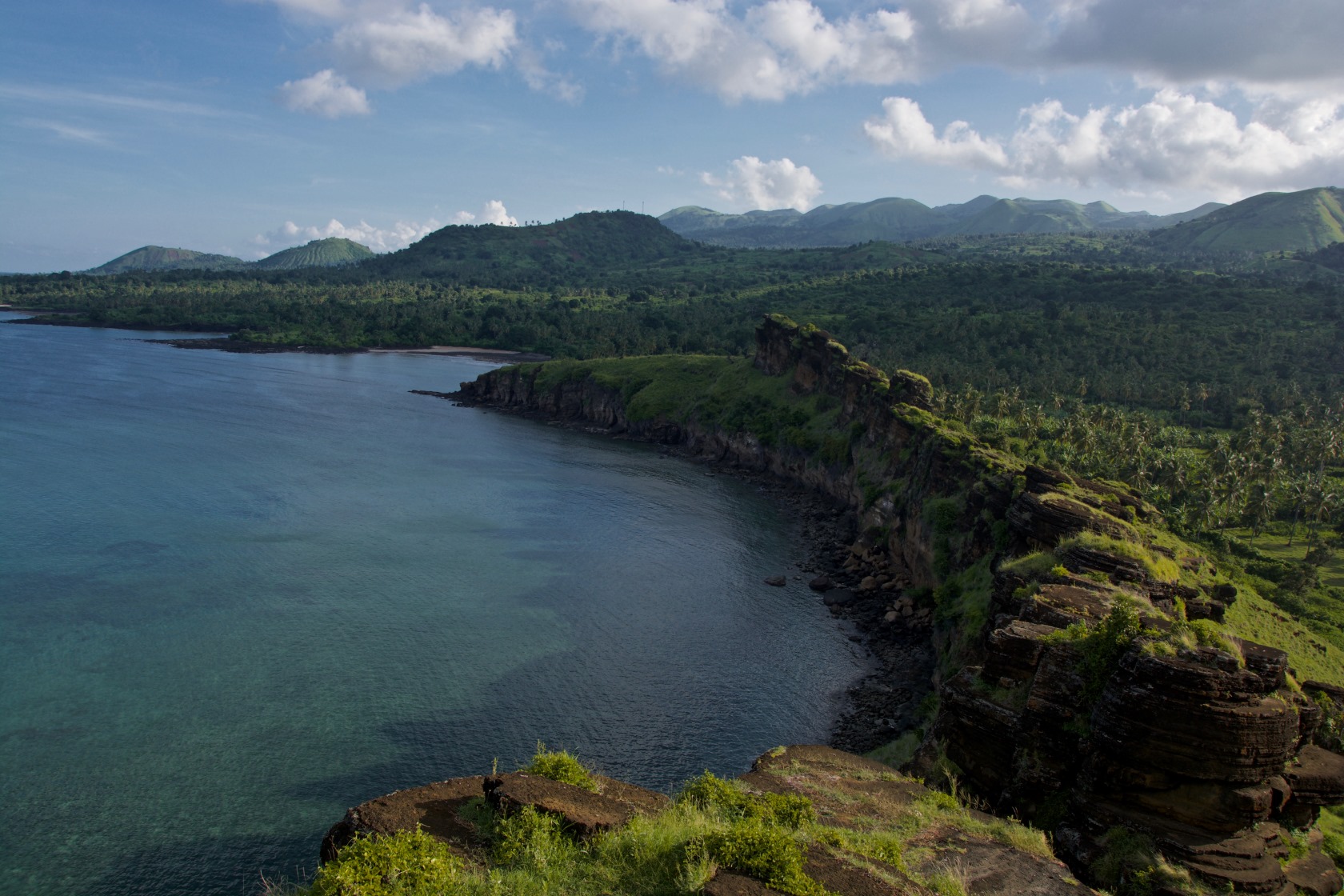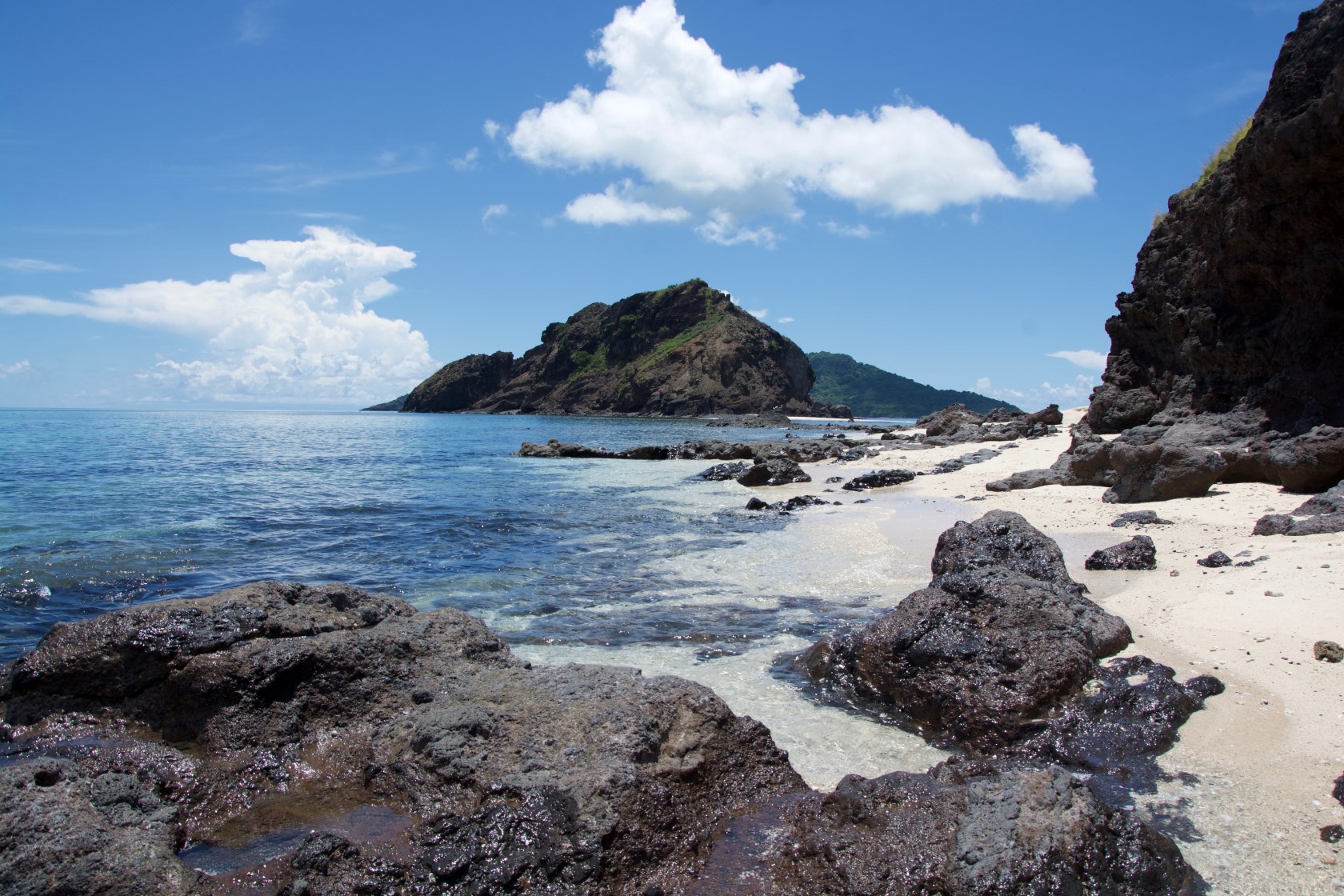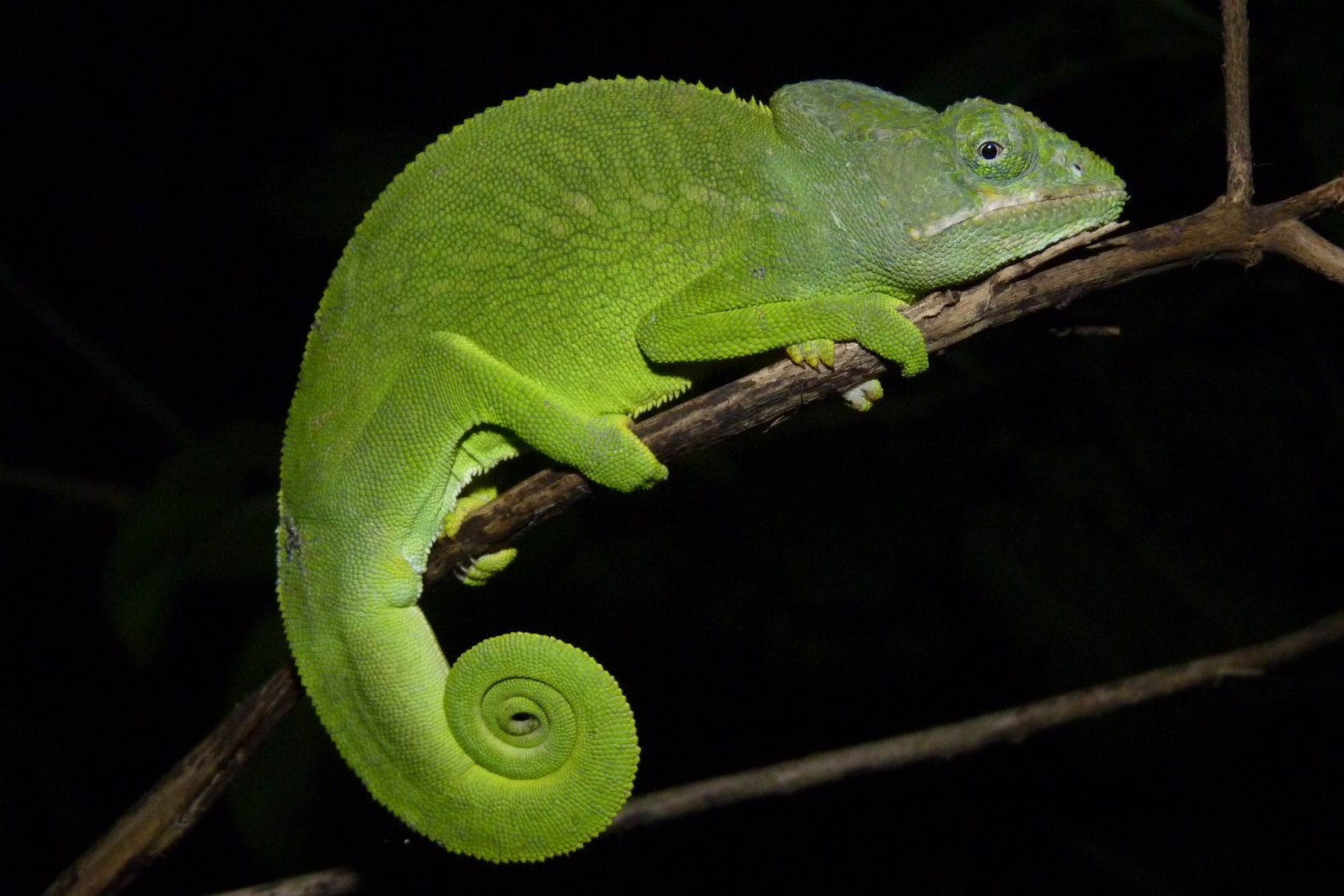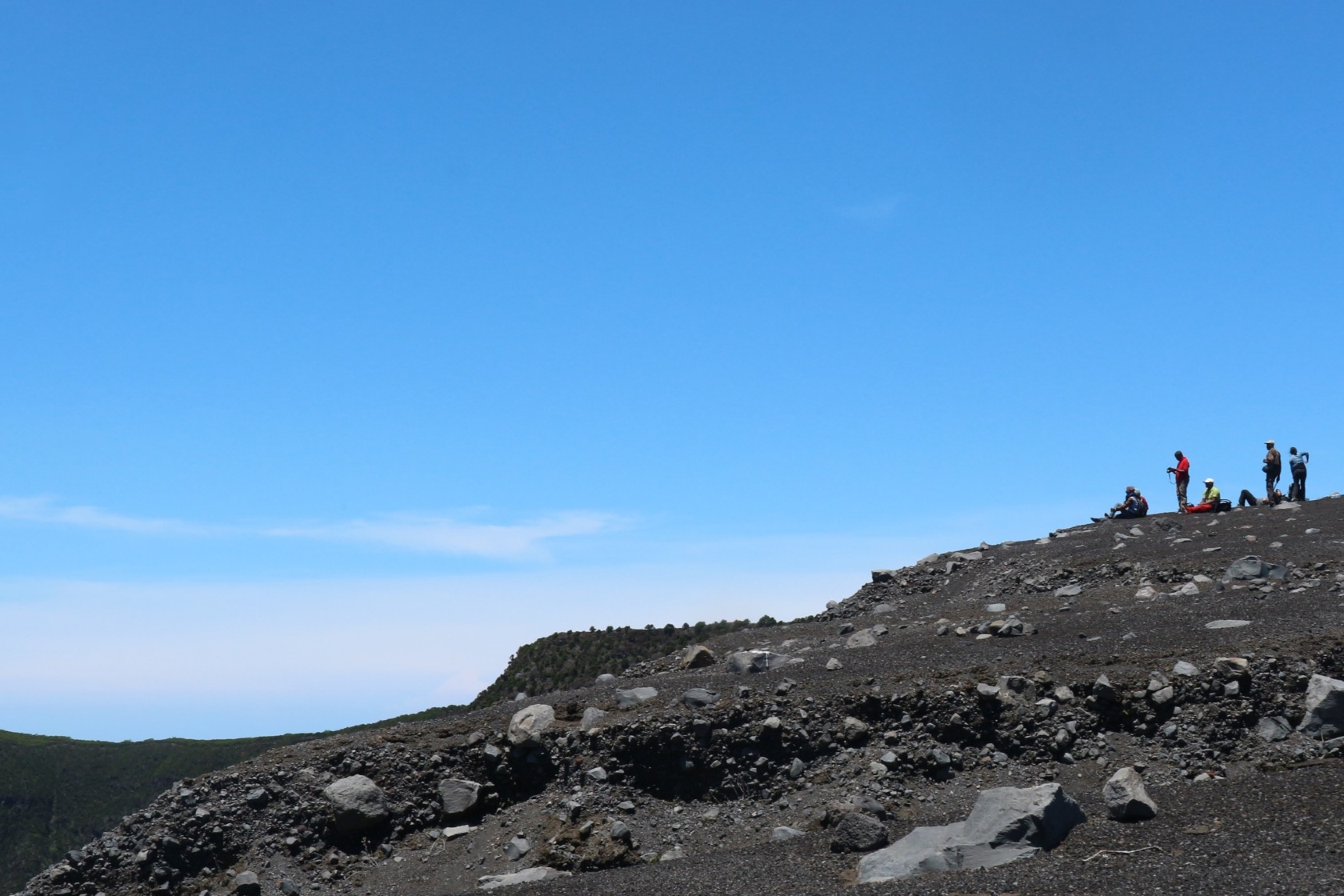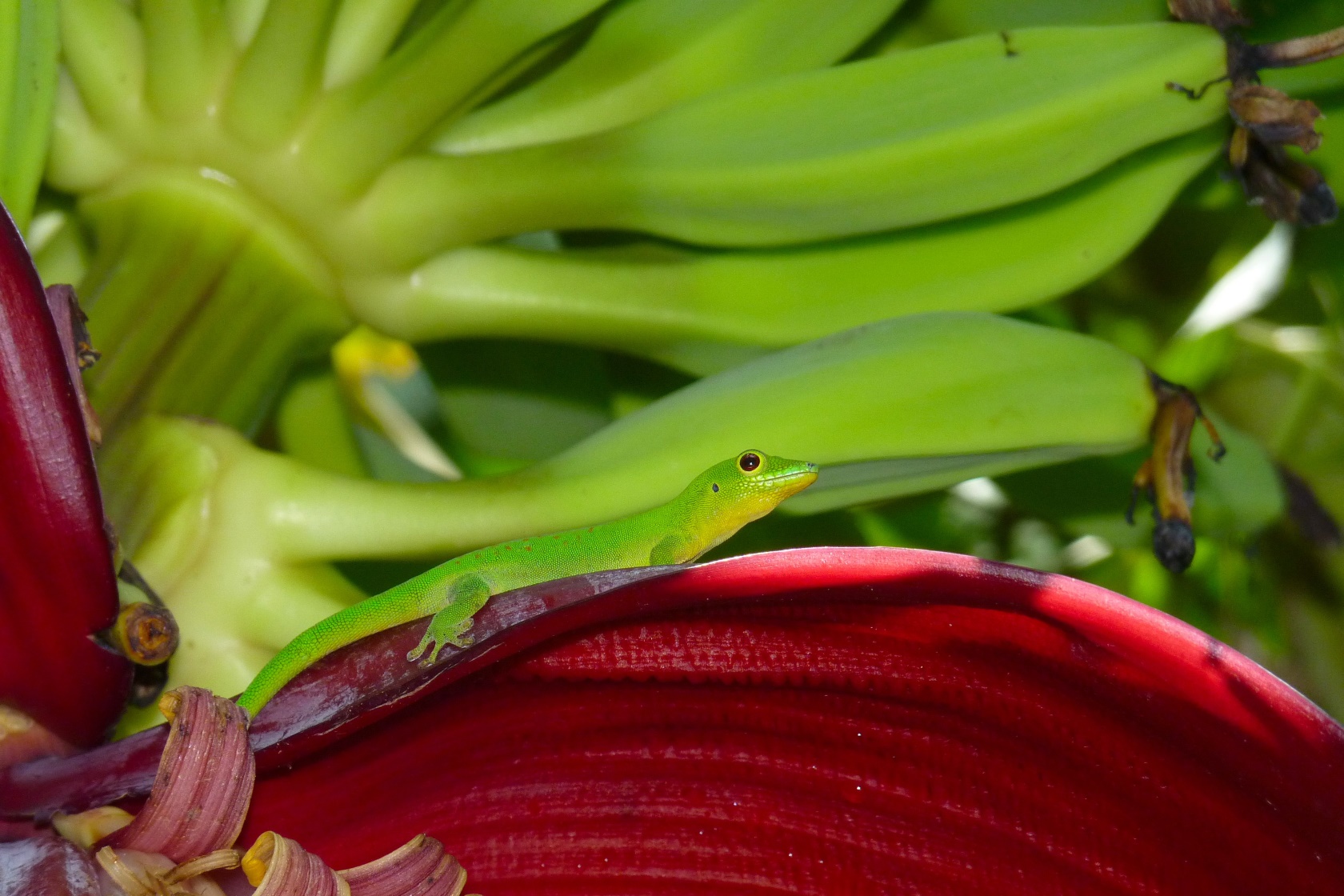CNDRS (Centre national de documentation et de recherche scientifique)
The Comoros Archipelago
The Comoros are an archipelago of four volcanic islands in the Western Indian Ocean, part of the Malagasy biogeographical region.
We have cooperated with the CNDRS (Centre national de documentation et de recherche scientifique), the University of the Comoros, and the DEALM (Direction de l’Environnement, de l’Aménagement, du Logement et de la Mer) of Mayotte, France, since 2008 to investigate the taxonomy, phylogenetics, and biogeography of reptiles, and amphibians, and other groups of animals. This collaboration has led to the generation of crucial data for the delimitation of protected areas and the publication of numerous research papers, a distribution atlas, and a field guide.
We are planning to deepen our collaboration by exchanging students and building capacity for the local study and management of the highly endemic and threatened fauna.
